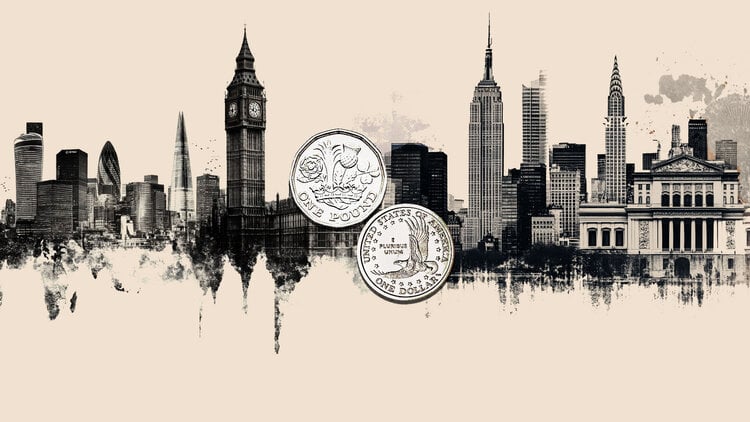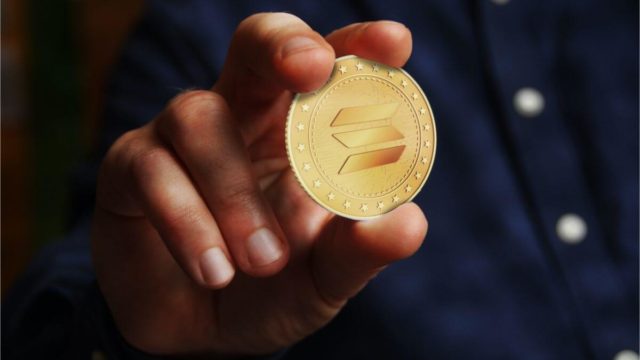- The USD/MXN rises to a maximum of a week and a half in 19.11.
- The US dollar is strengthened by the possible intervention of the United States in the conflict between Israel and Iran.
- The president of the Fed, Jerome Powell, showed a restrictive position, supporting the American currency.
The USD/MXN has risen this Thursday to a maximum of ten days in 19.11 after having tried a daily minimum in the 19.00 zone. At the time of writing, the par quotes about 19.08, winning 0.44% daily.
The US dollar reaches maximum eight days driven by the Fed and the possible US intervention in Iran
The US dollar index (DXY) records profits for the third consecutive day, raising at eight days at 99.16 this Thursday. The green ticket was driven by the restrictive tone of the Fed after leaving its interest rates without changes in 4.5% and maintaining the alert about the risks of tariffs for inflation. In his speech after the announcement, the president of the entity, Jerome Powell, insisted on the uncertainty of the moment and did not offer any sign of a prompt reduction in the types.
On the other hand, the possible intervention of the United States in the conflict between Iran and Israel has impulsed the USD after knowing that the US army was moving aircraft carriers and fighters to several regions of the Middle East.
The focus today will remain in the possible holders about the attacks between Israel and Iran, since the US market is closed by the Juneteenth holiday.
In Mexico, the National Institute of Statistics and Geography (INEGI) has published today the timely indicator of Economic Activity (IOAE) of May, showing that the Mexican economy grew 0.1% compared to April.
USD/MXN Price levels
In the short term, the USD/MXN shows space for more increases, as reflected in the Relative Force Index (RSI) of 14. The indicator is above 60 without showing exhaustion in the movement, so that a rupture of the maximum in 19.11, where the mobile average of 100 in a graph of 4 hours also converges, could lead to a rise to the alders of 19.43/19.44 June. Above, the goal is in 19.78, May roof.
Down, the first support is found in 18.97, where is the 100 -hour -graphic period of one -hour graph. Below, the USD/MXN will find a retaining wall in 18.82, land of 2025 and the last ten months reached on June 16. A rupture of this level would point to the 18.60 zone, where the minimums of the end of August are.
US dollar FAQS
The US dollar (USD) is the official currency of the United States of America, and the “de facto” currency of a significant number of other countries where it is in circulation along with local tickets. According to data from 2022, it is the most negotiated currency in the world, with more than 88% of all global currency change operations, which is equivalent to an average of 6.6 billion dollars in daily transactions. After World War II, the USD took over the pound sterling as a world reserve currency.
The most important individual factor that influences the value of the US dollar is monetary policy, which is determined by the Federal Reserve (FED). The Fed has two mandates: to achieve price stability (control inflation) and promote full employment. Its main tool to achieve these two objectives is to adjust interest rates. When prices rise too quickly and inflation exceeds the 2% objective set by the Fed, it rises the types, which favors the price of the dollar. When inflation falls below 2% or the unemployment rate is too high, the Fed can lower interest rates, which weighs on the dollar.
In extreme situations, the Federal Reserve can also print more dollars and promulgate quantitative flexibility (QE). The QE is the process by which the Fed substantially increases the flow of credit in a stuck financial system. It is an unconventional policy measure that is used when the credit has been exhausted because banks do not lend each other (for fear of the default of the counterparts). It is the last resort when it is unlikely that a simple decrease in interest rates will achieve the necessary result. It was the weapon chosen by the Fed to combat the contraction of the credit that occurred during the great financial crisis of 2008. It is that the Fed prints more dollars and uses them to buy bonds of the US government, mainly of financial institutions. Which usually leads to a weakening of the US dollar.
The quantitative hardening (QT) is the reverse process for which the Federal Reserve stops buying bonds from financial institutions and does not reinvote the capital of the wallet values that overcome in new purchases. It is usually positive for the US dollar.
Source: Fx Street
I am Joshua Winder, a senior-level journalist and editor at World Stock Market. I specialize in covering news related to the stock market and economic trends. With more than 8 years of experience in this field, I have become an expert in financial reporting.







